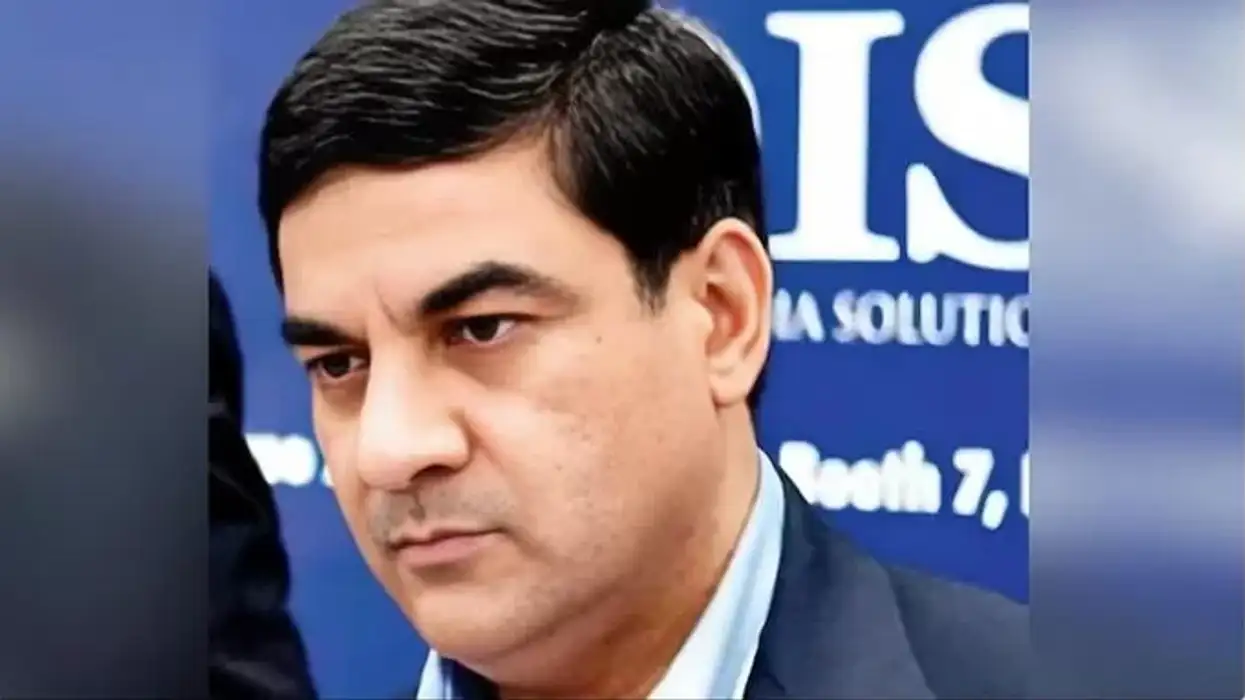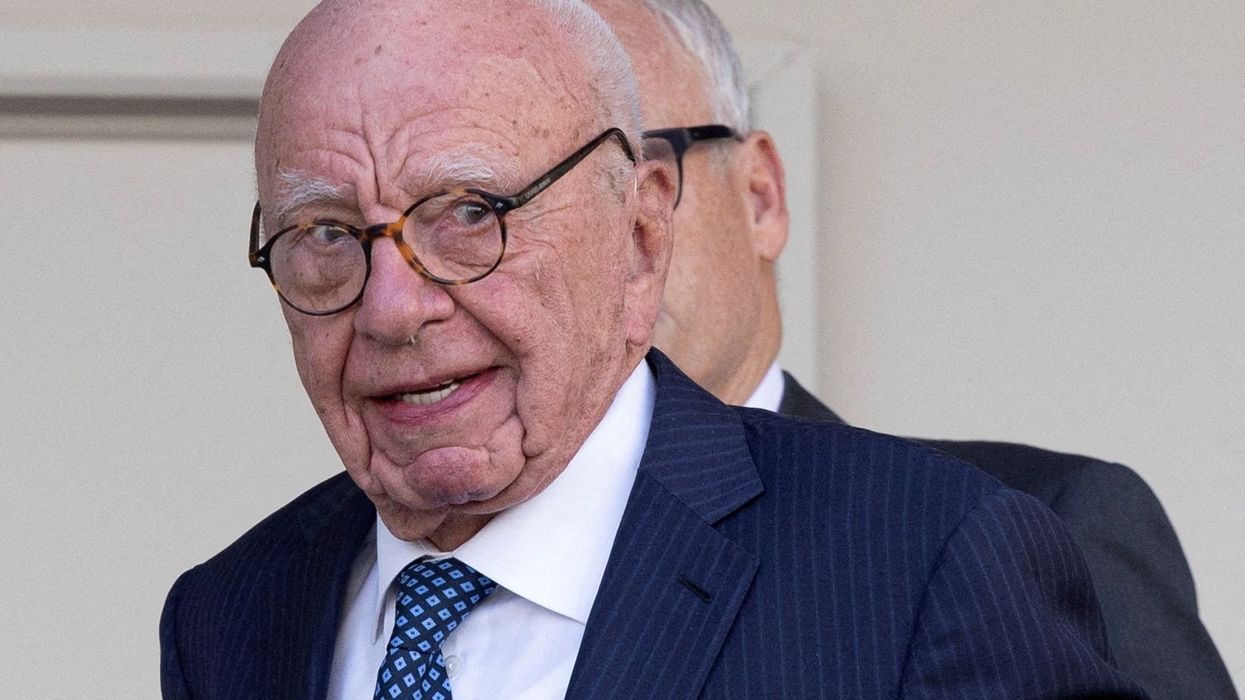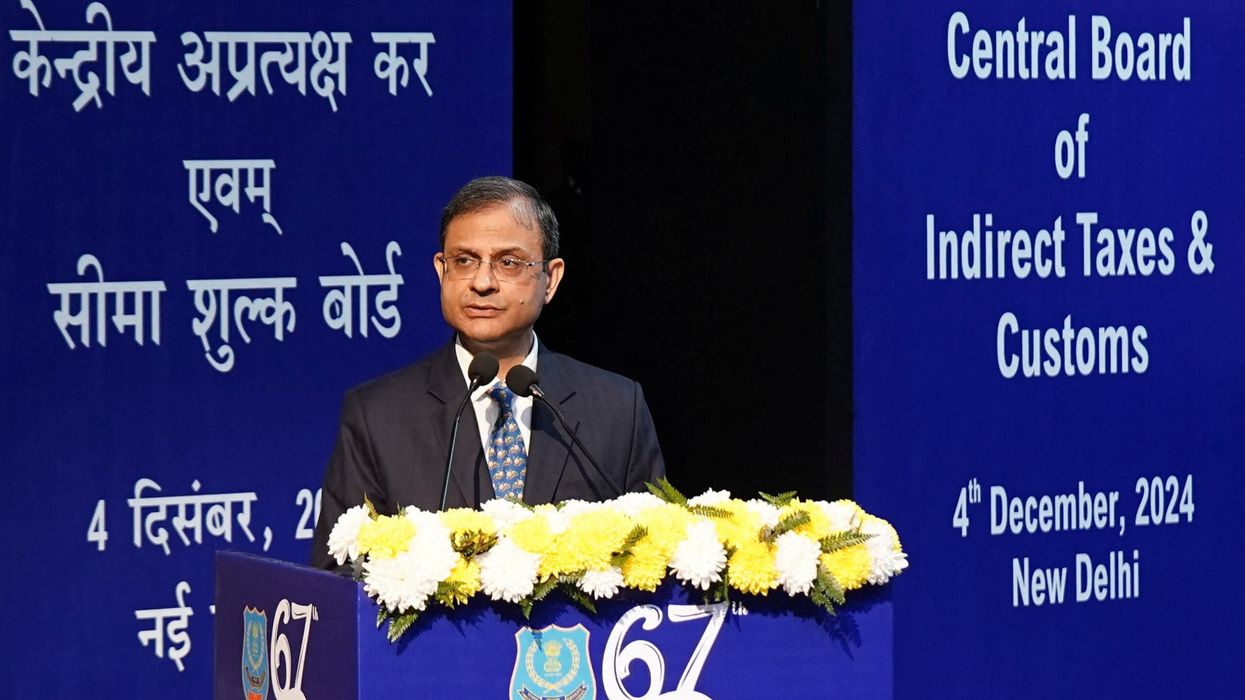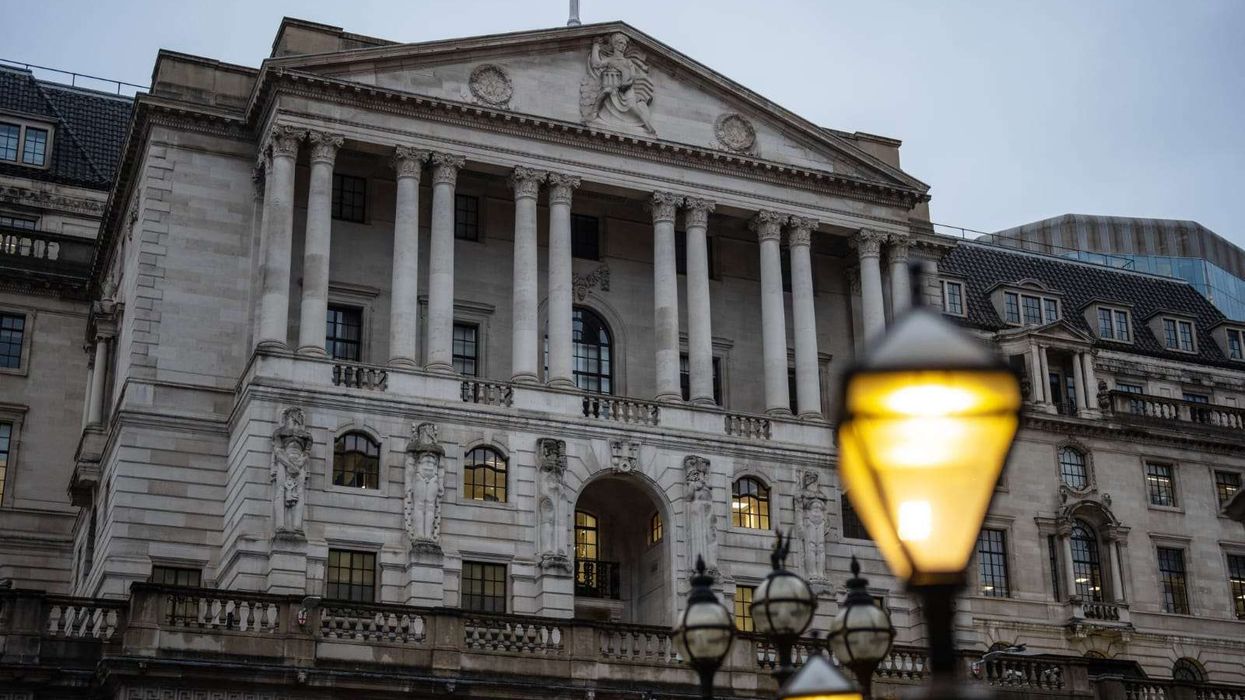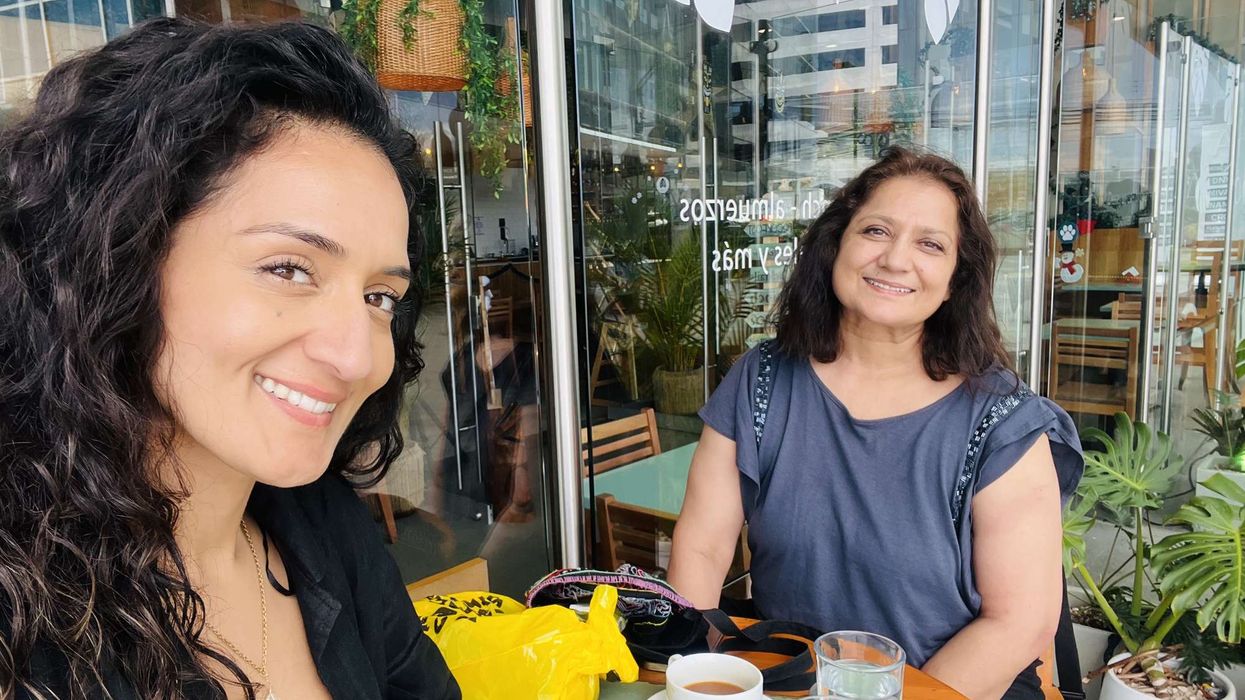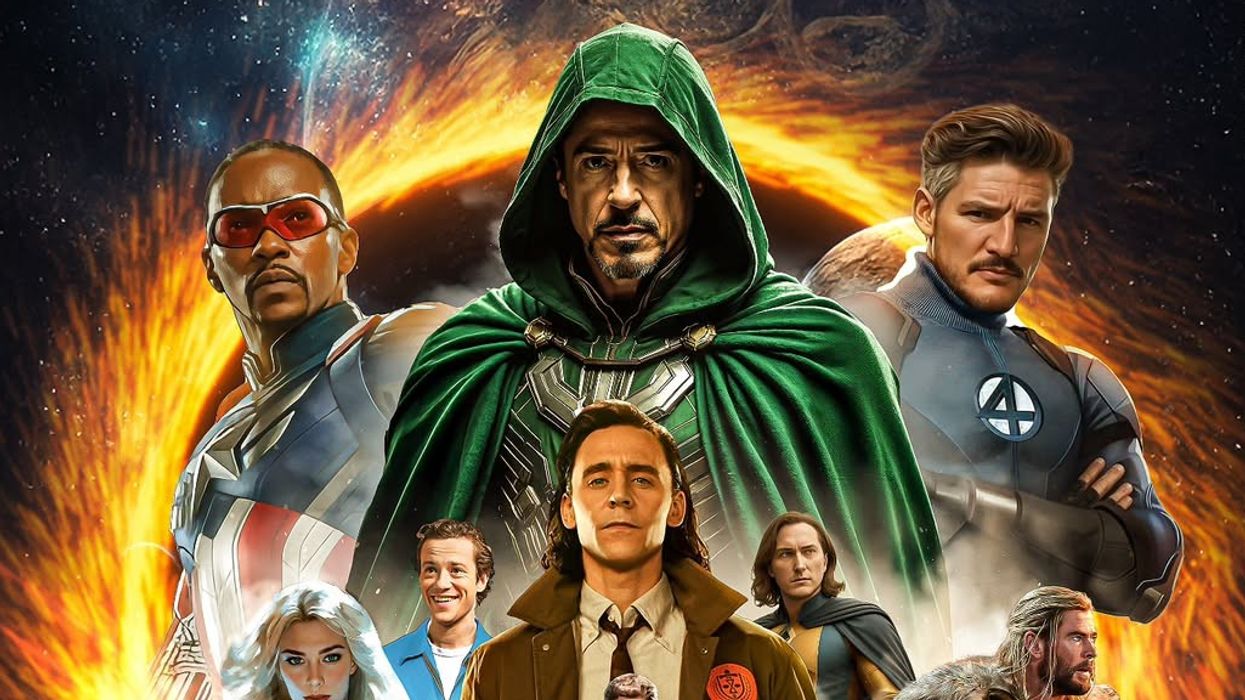FRASERS GROUP has again raised its stake in Boohoo, saying the Manchester-based online fashion retailer is an “attractive proposition”.
A filing to the London Stock Exchange revealed on Monday (31) that Frasers’s shareholding in Boohoo went up by a percentage point from 6.8 per cent to 7.8 per cent. It was worth £39 million on Friday (28) when Boohoo closed at 39.37p on the exchange, Market Watch reported.
Last week, Frasers said it had increased its stake in Boohoo from five per cent to 6.7 per cent.
It also purchased shares in firms including Currys, AO and Asos recently as the company promoted by Mike Ashley has diversified its portfolio.
Frasers, which owns the Sports Direct brand and which has both physical and online stores, said its investment in Boohoo was driven by its “laser focus on young female consumers”.
It comes after Boohoo, founded by Indian-origin entrepreneur Mahmud Kamani and Carol Kane, raised its stake in cosmetics company Revolution Beauty from 27.1 per cent stake from 26.4 per cent.
Following a settlement deal with Boohoo reported last month, Revolution CEO Bob Holt and chairman Derek Zissman agreed to step down.
Site Navigation
Search
Latest Stories
Start your day right!
Get latest updates and insights delivered to your inbox.
Related News
More For You
Bank of England cuts interest rates to 3.75 per cent, signals caution on further reductions
Dec 18, 2025
Highlights
- BoE reduces benchmark rate by 0.25 percentage points in tight 5-4 vote split.
- Governor Andrew Bailey warns future cuts will be "closer call" with each reduction.
- Sterling rises and gilt yields increase as markets react to cautious tone.
The Bank of England cut interest rates to 3.75 per cent on Thursday following a narrow vote by policymakers but signalled the gradual pace of lowering borrowing costs might slow further.
Five Monetary Policy Committee members voted to reduce the benchmark rate by 0.25 percentage points from 4 per cent, marking the fourth cut in 2025. Four members opposed the move, concerned about inflation remaining too high despite recent falls.
Governor Andrew Bailey, who changed his view to support the cut and tip the balance, told Reuters "We still think rates are on a gradual path downward. But with every cut we make, how much further we go becomes a closer call."
The decision came after inflation unexpectedly dropped to 3.2 per cent on Wednesday and new forecasts showed the economy stagnating in late 2025.
The BoE now expects zero economic growth in the last three months of 2025, down from a 0.3 per cent forecast made last month.
Markets and outlook
Sterling rose nearly half a cent against the US dollar following the announcement, while two-year gilt yields climbed 6 basis points to 3.77 per cent as investors reacted to the cautious tone about future rate cuts.
British inflation remains the highest among Group of Seven economies, partly due to finance minister Rachel Reeves' decision to raise employer taxes in her November budget.
However, the BoE said inflation was "now expected to fall back towards target more quickly in the near term."
Deputy governor Clare Lombardelli, who voted against the cut, noted that she remained concerned about inflation proving stronger than expected.
Chief economist Huw Pill noted that he saw a bigger risk of inflation getting stuck too high than too low.
The quarter-point reduction brings Bank Rate to its lowest level in nearly three years, though it remains almost double the European Central Bank's equivalent rate.
Recent economic data revealed a weakening jobs market, with Tuesday's figures showing the highest unemployment rate since 2021 and slowing private-sector pay growth.
Britain's economy also shrank by 0.1per cent in the three months to October, with businesses reportedly putting investment projects on hold ahead of Reeves' budget.
Yael Selfin, chief economist at KPMG UK, said the deep split among MPC members suggested consensus would be difficult next year.
"As a result, we expect only two interest rate cuts in 2026, taking rates down to 3.25 per cent," she told Reuters.
Keep ReadingShow less
Most Popular
Current Issue
×
Terms and Conditions
By clicking the 'Subscribe’, you agree to receive our newsletter, marketing communications and industry
partners/sponsors sharing promotional product information via email and print communication from Garavi Gujarat
Publications Ltd and subsidiaries. You have the right to withdraw your consent at any time by clicking the
unsubscribe link in our emails. We will use your email address to personalize our communications and send you
relevant offers. Your data will be stored up to 30 days after unsubscribing.
Contact us at data@amg.biz to see how we manage and store your data.
© Copyright 2025 Garavi Gujarat Publications Ltd & Asian Media Group USA Inc
